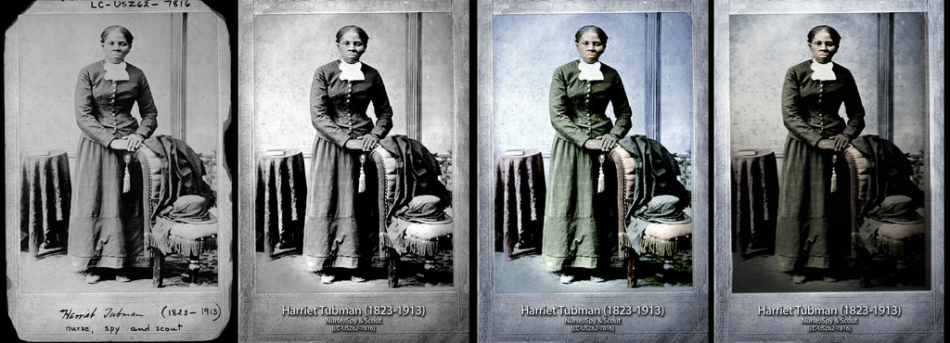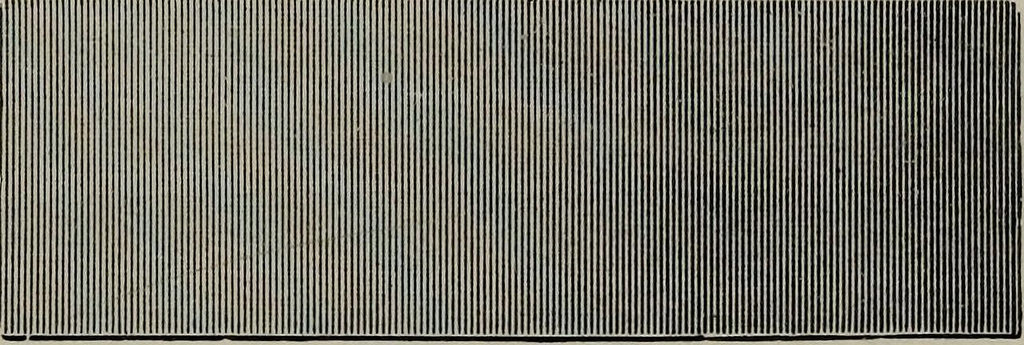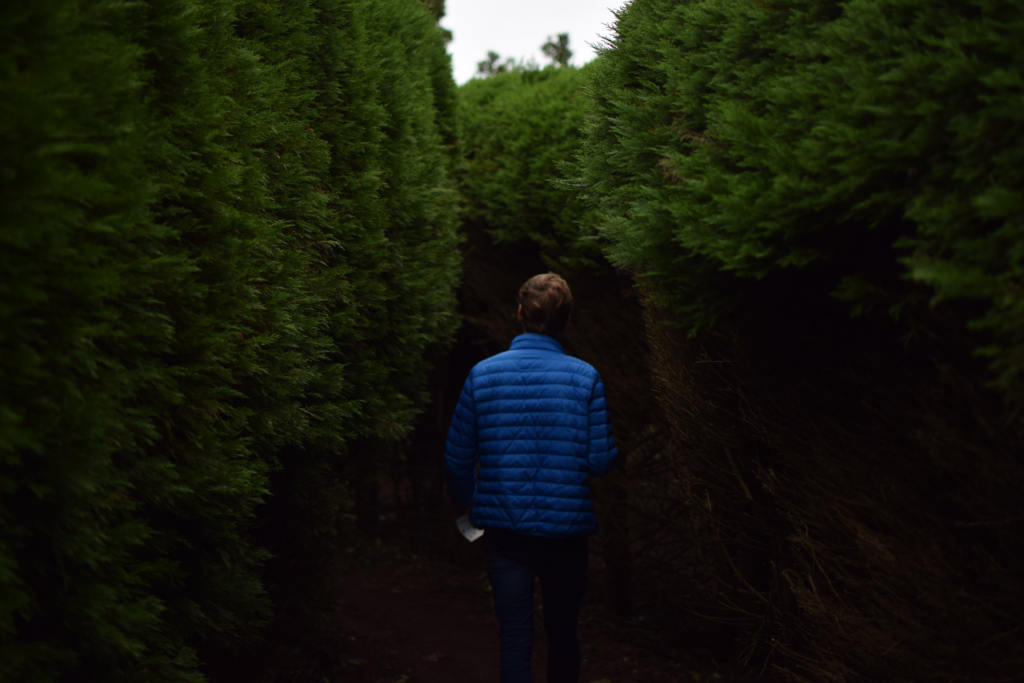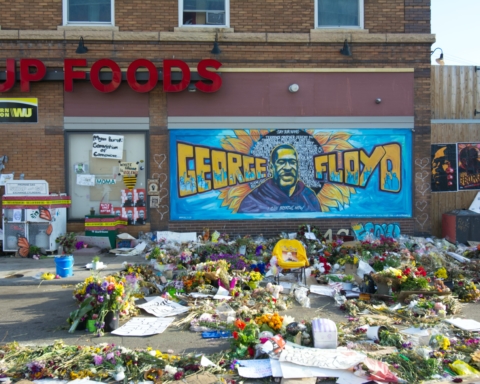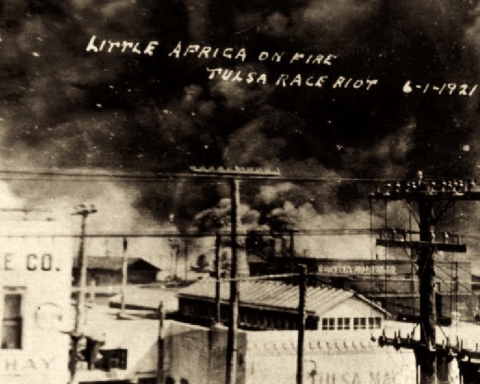The sun is out, illuminating the street and sidewalks, as I sit in the cafe thinking about Harriet Tubman while I slowly turn the pages – which I normally don’t study – of the “Travel” section in The New York Times.
On the front page is a lyrical photograph of a landscape of tall trees with a caption: “A suspected mass grave site unmarked at Prospect Bluff Historical Sites in Florida, once a settlement for runaway slaves.”
I begin to read Ron Stodghill’s article on “Secret Paths to Freedom” about Harriet Tubman.
He writes that “It was the first night of my three-day trek across the Eastern Shore, Tubman’s birthplace, and the landscape she traversed, fugitive slaves in tow, from Dorchester City through Delacroix into Philadelphia.”
The context for Stodghill’s text is that on March 11, the Maryland State Park Service and the National Park Service opened the Harriet Tubman Underground Railroad Visitor Center, a $21 million project in Church Creek to commemorate “Tubman’s journey, from slave to Underground Railroad ‘conductor’ and, later in life, Civil War scout, spy and nurse.”
I glance away from Stodghill’s eloquent and passionate text and look out of the cafe window. Across the street I see an African American man sauntering idly down the sidewalk, and I think about all the time that has passed between the life of Harriet Tubman and this man.
_
Moira Roth is an art historian, writer and playwright with a Ph.D. from the University of California, Berkeley. Since 1985 she has taught at Mills College. She has published extensively including Difference/Indifference: Musings on Postmodernism, Marcel Duchamp and John Cage. Currently she is at work on her second volume, Traveling Companions/ Fractured Worlds.

